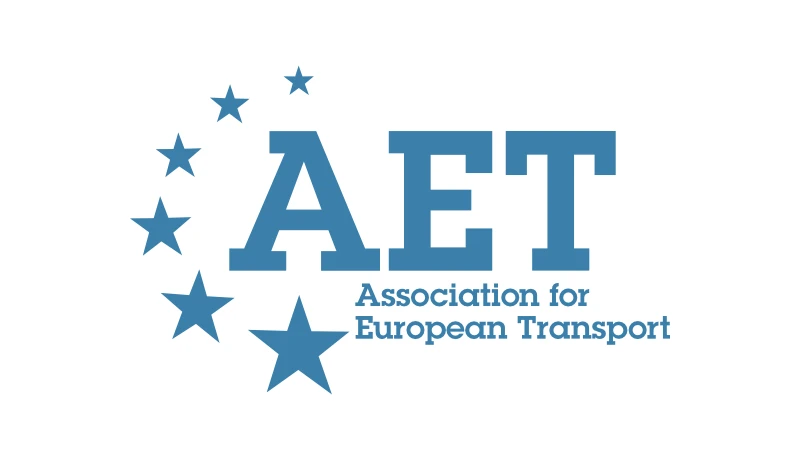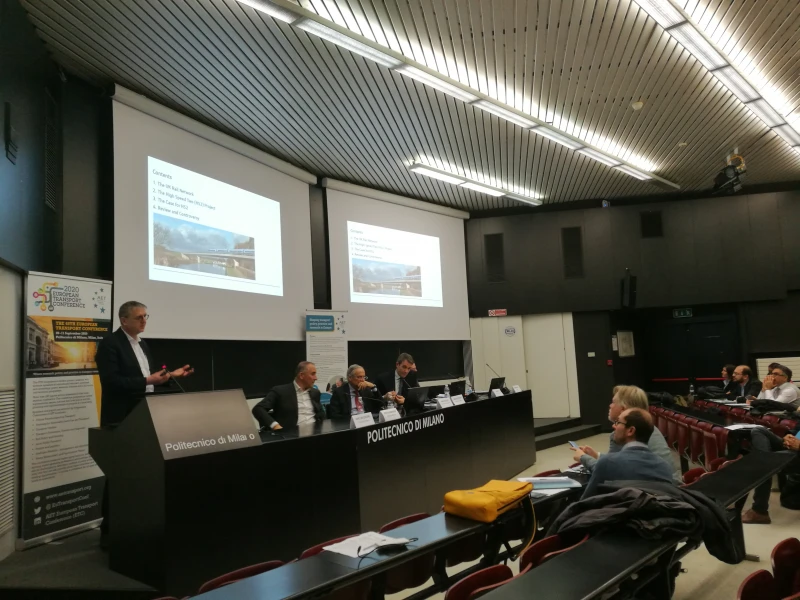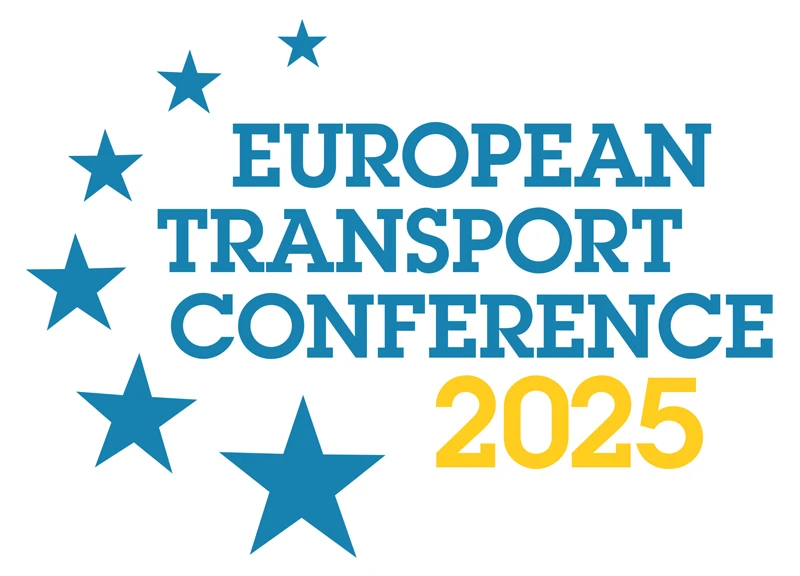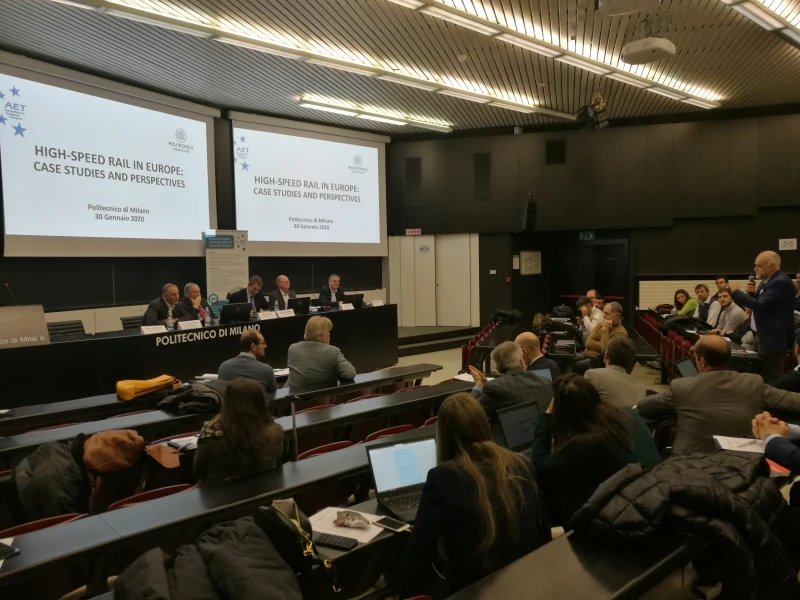-
Past ETC Papers
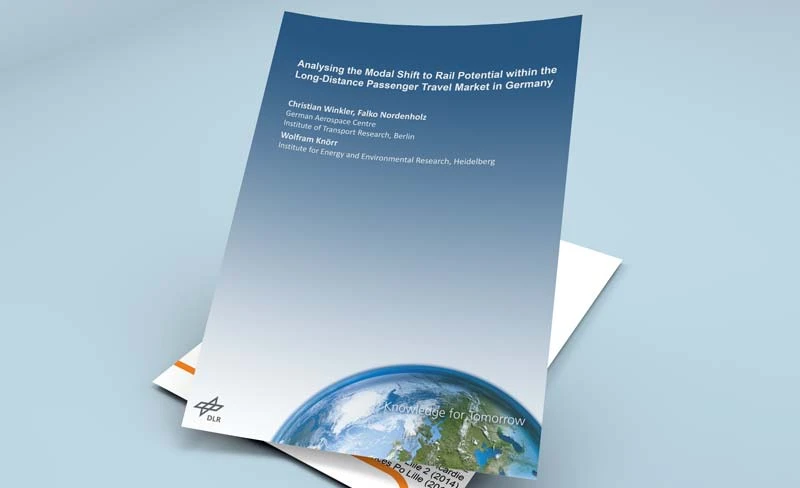
Browse, search and view papers from the past AET Conferences.
-
Members' Area

AET promotes networking and exchange of ideas, information and opportunities amongst members.
Conference Papers 2013
Frankfurt, Germany
ETC Conference Papers 2013
Addressing the linkage from air transport development to general sustainability goals
Seminar
Day 1 (30 Sep 2013), Session 2, Airports, 16:30 - 17:00
Status
Accepted, documents submitted
Submitted by / Abstract owner
Alexandra Leipold
Authors
Petra Kokus, DLR - German Aerospace Center, Alexandra Leipold, DLR - German Aerospace Center, Michael Hepting, DLR - German Aerospace Center
Short abstract
Within the last decades the air transport sector grew considerably with all its positive as well as negative effects on the three pillars of sustainability: economy, environment and social issues. Consequently, the striving for economic growth and welfare which is driven by aviation has to find balance against the public interest in an efficient, safe and affordable air transport system by minimising the environmental impacts at the same time. Addressing this problem, the claim of this paper is to present a consistent scientific approach that is the foundation to (1) describe developments in air transport with regard to its economic, environmental and social impacts in a structural way, (2) monitor changes over time and (3) assess the overall development in the air transport system in the context of general sustainability. Based on this research framework the outcome of this paper is first to introduce a harmonised system of indicators that is capable of showing general trends in air transport in linkage to the three dimensions of sustainability. In a second step, this indicator system will be extended to conduct an analysis of long-term trends over 20 years to identify system-immanent trends and interdependencies between the selected indicators. In a last step, the analysed air transport development will then be compared with general sustainability goals from the field of politics and the aviation industry in order to assess the observed trends. Conclusions for the improvement of the performance of air transport in regard to sustainability will be drawn from this work.
Abstract
Within the last two decades, the global passenger volume in air traffic – measured in revenue passenger kilometres – grew annually by 5.0% on average (ICAO 2012). From a sustainability perspective this growth has to be regarded critically as this tendency meant positive as well as negative effects at the same time with regard to the three pillars of sustainability: economy, environment and social issues.
The observed growth of the aviation sector has e.g. led to a considerable increase in social welfare over the last decades, especially in terms of global GDP development, as air transport is one important driver for the global economy. In addition, global GDP growth also stimulates air transport growth in turn and generates employment (Oxford Economics 2011). Meanwhile, from an environmental point of view the rising number of flights on a global scale means at the same time rising GHG emissions – especially CO2 emissions – (Lee, D.S. et al 2010) and on a local scale a rising noise exposure for the population in airport surroundings. Finally, conflicting developments can also be identified for the social dimension of sustainability. Due to economic considerations, the access to the air transport system and the affordability to fly is not evenly spatially spread all over the world. Affordable ticket prices in relation with suitable connectivity options and the highest achievable safety standards are nevertheless important as they contribute to a higher number of people to profit from the global air transport network (ICAO 2012).
Addressing this situation, a consistent scientific approach is needed in order to (1) identify and describe these aspects in a structural way, (2) monitor changes over time and (3) assess the overall development in the air transport system in the context of sustainability in general.
Based on this research framework, the purpose of this paper is first to introduce a harmonised system of indicators that is capable of showing general development trends in global air transport with regard to their economic, environmental and social impacts. To realise this system, data identification and processing had been undertaken in consideration of air transport system internal sources as well as framework data with information about the overall global population and economic development. In a second step, the indicators then allowed a detailed monitoring and description of changes over a time span of more than 20 years. Thus, even long-term and system-immanent trends and the interdependencies between different indicators in the selected set could be identified. However, as third step a direct linkage to sustainability goals was needed in order to classify and evaluate the aviation development in the context of sustainable development. For this purpose an extensive investigation of existing sustainability goals from the field of politics (e.g. UN General Assembly Resolution: The future we want – Our common vision) and the aviation industry (e.g. IATA Vision 2050) was carried out. All those initiatives were regarded critically in terms of their expressiveness, relevance and transferability with regard to the air transport sector.
As first result of this work the different indicators could be assessed against the proposed strategies within the chosen sustainability goals. This allowed discussing the already identified development trends in the field of air transport and sustainability critically. Furthermore, this analysis could serve as a basis for suggesting concrete improvements for air transport activities towards the desired more sustainable pathway for the future. In addition, the detailed analysis allowed also testing the practicability of existing sustainability goals with regard to one specific sector and to address the problem of contradictions between different sustainability goals and negative trade-offs in the overall indicator development. With this approach the conducted work is a first contribution for further discussions about responsible actors in the field of air transport and sustainability and the derivation of concrete steps for further improvements within their responsibility area.
Summing up this outcome, the expected conclusions can be regarded as being of high importance for the aviation research community as well as for stakeholders from air transport industry, regulators and politics due to the established linkage between policy-setting in the field of sustainability and the comparison to real conditions in the air transport sector. The elaborated indicator system which is one basis of this paper had for this purpose already been made publicly available in the scope of the MONITOR project (www.airtransport-monitor.eu) and is foreseen to be updated regularly as an instrument that allows a permanent monitoring of air transport sustainability performance.
References:
UN General Assembly (2012): Resolution “The Future we want – Our common vision”, New York.
ICAO (2012): Working Paper - Worldwide Air Transport Conference (ATCONF): Sustainability and Economic Development of Air Transport, Montreal.
Oxford Economics (2011): Benefits of Aviation.
Lee, D.S. et al (2010): Transport Impacts on Atmosphere and Climate: Aviation. In: Atmospheric Environment (44), pp. 4678–4734.
Documents:

Association For
European Transport
Forester House
Doctors Lane
Henley-in-Arden
Warwickshire, UK
B95 5AW
+44 (0) 15 64 793552
VAT number: 710 1866 64
Conference Supporters & Endorsers




Legal Entity
The Association for European Transport is registered as an Association ('vereniging') with the Chamber of Commerce for Haaglanden in The Netherlands under company number 27170096.
Built on Zenario

